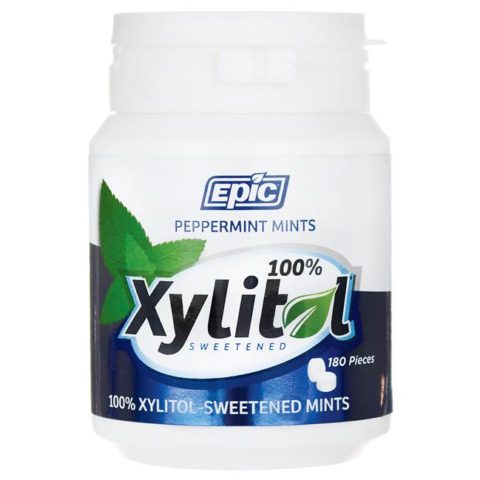
What is Xylitol and why is it important to dogs?
Xylitol toxicity in the dog. Xylitol is an artificial sweetener contained in many human sugar-free diet products, these can include chewing gum, supplements such as Melatonin, toothpaste and many more.
While it is fine for humans, unfortunately, Xylitol can be very toxic to dogs, it causes a rapid drop in blood sugar very similar to an overdose of insulin. Dogs just cannot metabolise Xylitol the way that humans can. With large doses liver failure is possible.
How much Xylitol does it take to cause toxic effects to dogs?
Well, this can be quite variable which makes toxicity calculations very difficult, but it has been reported to start from around 50 milligrams (mg) of xylitol per pound of the dog’s body weight.
What would the symptoms of Xylitol toxicity in the dog be?
Expected side effects would be due to a sudden drop in blood sugar and would include marked lethargy and incoordination. If the liver has been affected then more severe symptoms would become apparent some days later.
What would you do for a dog which has just swallowed a potentially toxic dose of Xylitol?
As with a great many toxicities if you can quickly induce vomiting and recover the Xylitol containing gum then that will resolve the issue. The problem you face though is that Xylitol is quickly absorbed into the bloodstream so you would want to induce vomiting within the first twenty minutes after the dog swallowed the gum.
Please follow this link for an accurate article which covers how to induce vomiting in dogs: LINK
However, if no symptoms are apparent and you fail to induce vomiting then you can try to keep your dog’s blood sugar levels up by feeding the dog frequent meals carbohydrate-rich meals, say every three hours for the next nine hours. This may help keep your dog’s blood sugar levels up while the Xylitol naturally drains from your dog’s system. This may be of benefit where a relatively smaller overdose is suspected.
But where you suspect that your dog has taken a larger amount of Xylitol and inducing vomiting has not been carried out then your best plan is to play it safe and take your dog to an ER vet as soon as you possibly can. The vet will be able to give IV glucose drips as well as other measures. And of course monitor the situation much more efficiently than you would be able to do at home.
What should you do for a dog which is showing obvious symptoms of low blood sugar due to Xylitol ingestion?
Emergency treatment of low blood sugar would be the immediate oral administration of glucose solution or honey (1 g per kg body weight) or anything sweet and sugary which you have at hand. Animals that are collapsed should not have large volumes of fluid forced into their mouths as this may result in aspiration pneumonia. In this situation, it is preferable to rub a small amount of the glucose solution or honey on to the animal’s gums or under its tongue. Then get your dog to the ER vet as fast as you can.
The bottom line here is that the minimum toxicity levels for Xylitol can vary. And the concentration of Xylitol in various chewing gums and other products can also widely vary. Also sometimes it is not clearly marked on the packs exactly how much Xylitol is present. Some contain very small amounts and others contain very large amounts, and as I said above it can be very quickly absorbed into the bloodstream. So if in doubt best play safe and take your dog to a local vet ASAP rather than trying to handle the situation yourself.
Further reading. Please follow this link for an accurate article which covers the topic of Xylitol toxicity in the dog in some depth: LINK
More information.
Please follow this link for more information on Xylitol toxicity in the dog: LINK